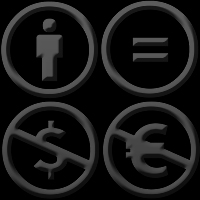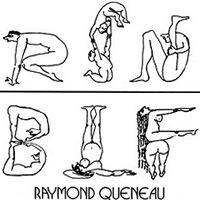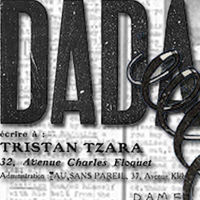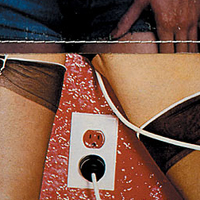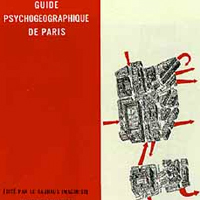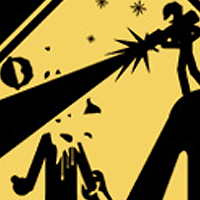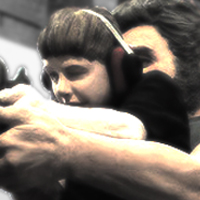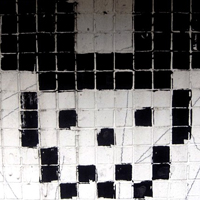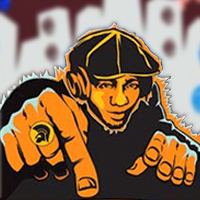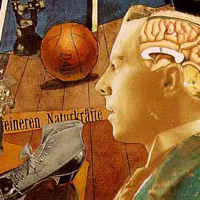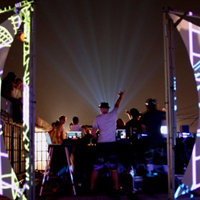The Course
The information included in The Course section is modeled after Mark Amerika’s popular “Remix Culture” seminar as well as his international workshops in practice-based forms of remix theory. The premise of both the “Remix Culture” seminar and the hands-on remix workshops is that given the all-consuming infiltration of network and mobile media communications in contemporary digital culture, everything, including the role theory plays in practice-based research and pedagogical performance, is radically changing.
The resources linked to in The Course section point to early experiments in visual collage, literary cut-ups, appropriation, situationist détournement, Net art, DJ/VJ culture, and digital sound design, and set the stage for a more concentrated reading of both Amerika’s remixthebook and the many online remixes here at remixthebook.com that sample from and expand on the ideas generated in the book. In addition to teaching the print version of remixthebook in conjunction with the online remixes located on this Web site, educators are encouraged to use The Course section as a starting point to stimulate dialog and critique.
The remixthebook.com team is continually changing the site and would love to hear from anyone who is creating their own remix of the source material found in the book or on the Web site. We hope you will share your remixes with us so that we can share them with others.


